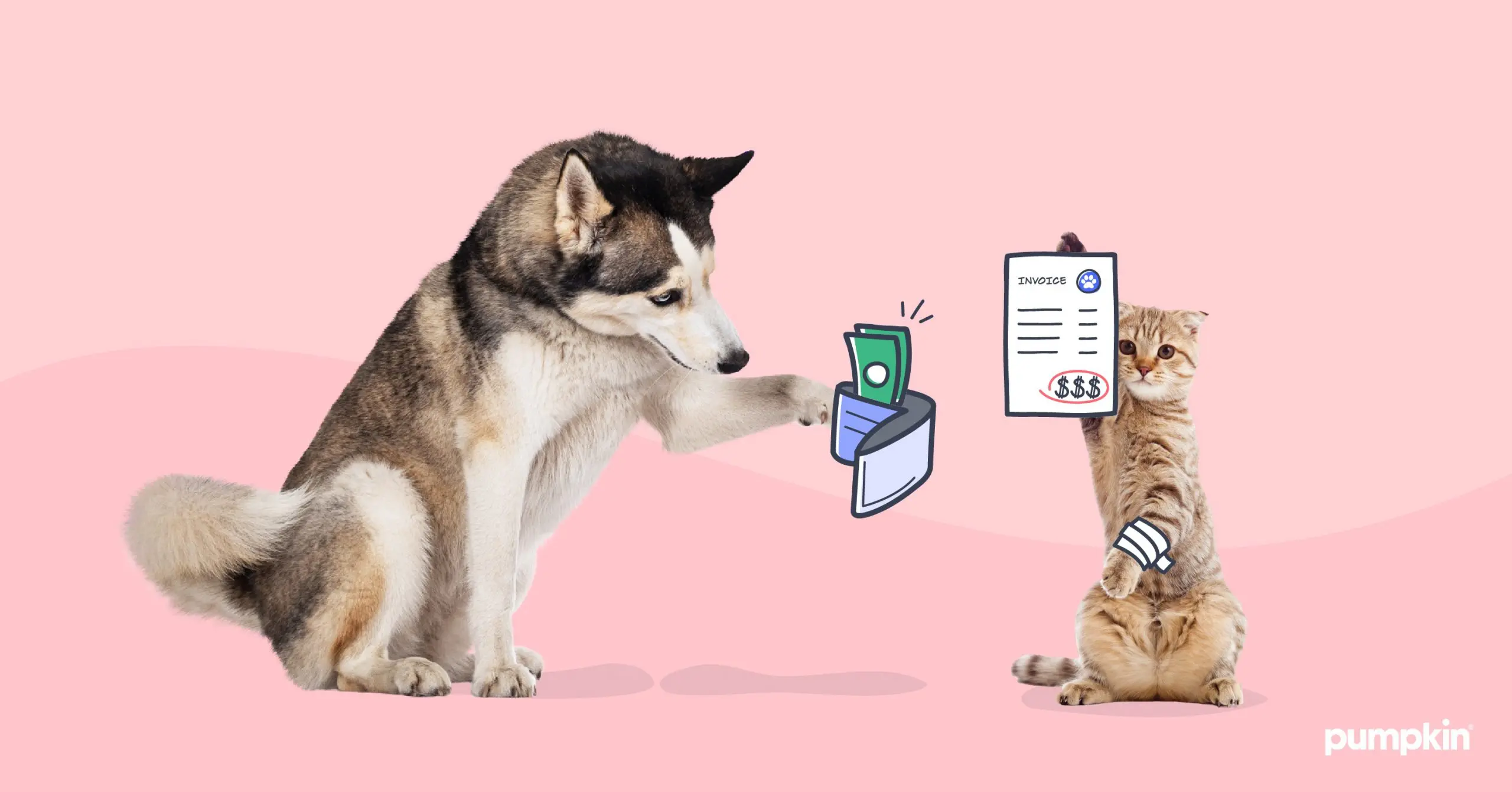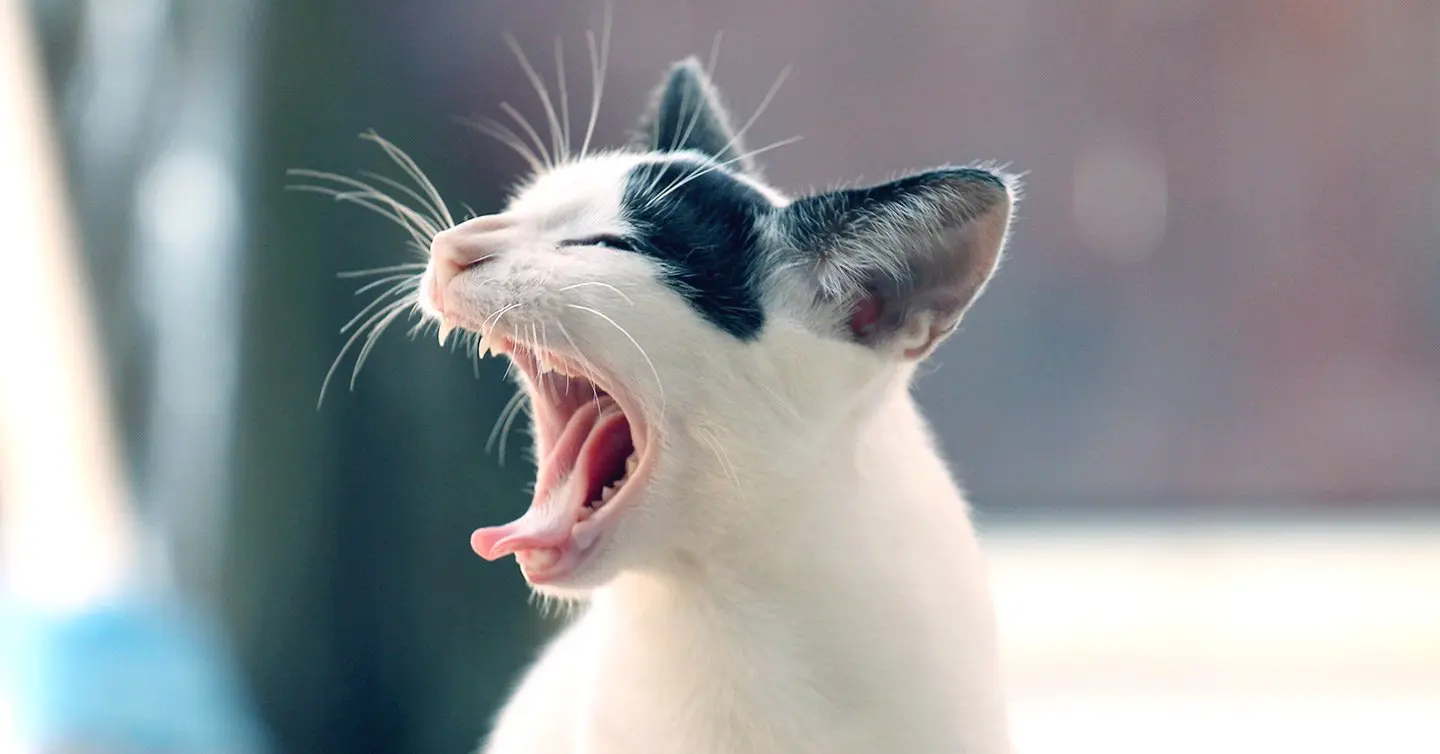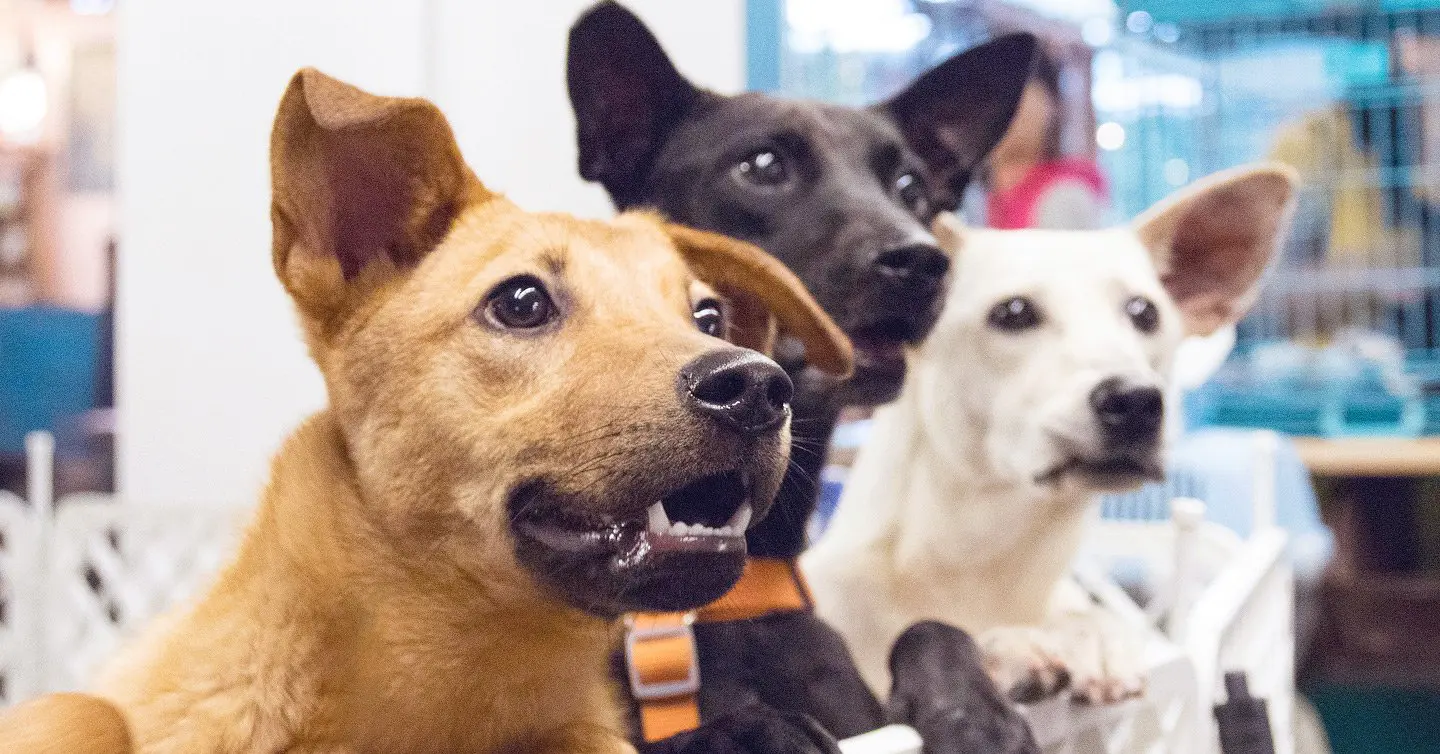Key Points
- Pet insurance plans can help you pay for unexpected accidents and illnesses by reimbursing you for covered veterinary care costs.
- When you sign up for a pet insurance plan, you will pay an annual or monthly premium, and the cost of those premiums may depend on your pet’s age, breed, location, and the plan type you choose.
- Your investment in a pet insurance plan can help you access better care over your pet’s lifetime than other financing methods.
Every pet parent wants to be able to say ‘yes’ to the best care available for their pet when health problems arise. If your pet ever faces an unexpected accident or illness, the last thing you want to do is make care decisions based on where your finances stand.
This is where pet insurance can help. By reimbursing you for covered veterinary bills, pet insurance plans can help your pet get the care they may need to keep them healthy and happy. No matter how much of an animal lover you are, it can be challenging to decide whether to enroll in a plan and pay the costs of pet insurance premiums, or pay your veterinary bills out of pocket as they come.
So, does the expense of a pet insurance plan really match the value of having coverage? Here, we’ll break your questions down one by one to help you choose the right solution for you and your pet.
How much does veterinary care cost?
If you’re considering getting pet insurance or just want to learn more about it, chances are you’re wondering if it’s a worthwhile investment to help cover veterinary bills that stack up each year for your pet’s pet accidents and illnesses.
Veterinary bills over the course of your pet’s life can add up more quickly than you might think. For example, the average cost of treatment for a fractured leg is $2,250,2 while the average cost of treatment for a toxin ingestion (think, an accidental chocolate poisoning) is $1,052!2
In fact, over a pet’s lifetime, families can expect to spend ~$16,600 on vet care for dogs6 and ~$13,350 on vet care for cats!8 This isn’t to say that every pet owner will spend this over the life of the pet, but it’s a good guide as to how much your veterinary costs will be.
What is pet insurance and how does it work?
Before you can make a decision about pet insurance, you need to know what it is and how it works. If you’re not sure how pet insurance plans work, we’re giving you a crash course. First, there are two different types of pet insurance plans:
- An accident & illness policy
- An accident-only policy
Accident and illness plans can reimburse you for eligible costs of your pet’s veterinary care if your pet gets hurt or sick unexpectedly. For example, this is how it would work:
- Your dog comes down with a case of kennel cough
- Your vet prescribes treatment to help them recover
- You pay for your dog’s treatment at the vet
- You submit a claim to your pet insurance provider
- Assuming you’ve already met any applicable deductibles that might be in your plan and your claim is approved, you’ll be paid back for the eligible vet bill
Be mindful that pet insurance plans may have additional terms, like an annual coverage limit, reimbursement percentage, age limits, or exclusions, which can impact what you pay when your pet needs veterinary care. With a Pumpkin plan, 90% cash back on eligible vet bills is an option for everyone, and there are other options available if you’re seeking a plan with a lower reimbursement rate.
Remember that an accident-only plan limits coverage for sudden accidents, like a broken bone or accidental chocolate ingestion (chocolate is poisonous to dogs). This type of plan won’t cover illnesses.
The tricky part of choosing the best pet insurance plan for you is that they differ greatly from provider to provider, so it pays to research the ins and outs of your specific plan coverage. To make the evaluation process a bit easier, we created this easy-to-use compare page. We help you compare providers like Trupanion, Nationwide, the ASPCA® Pet Health Insurance program, Healthy Paws, and more. It’s also a good idea to check out providers’ sample pet insurance policies as well that live on their own websites.
Is pet insurance similar to human health insurance?
It’s tempting to think that pet insurance works in a similar way to human health insurance, but they are quite different.
Pet insurance is classified as property and casualty insurance. With pet insurance plans, you usually pay the upfront cost of your pet’s veterinary care, then submit a claim for the eligible cost of care to your pet insurance provider.
Why should I get pet insurance?
Putting the price of pet insurance aside for a second, there are several important reasons you might consider pet insurance plans for your pet.
If you have pet insurance, your plan options could:
- Help give you peace of mind that your pet has coverage for future accidents & illnesses
- Help you prepare for your pet’s future eligible health care needs as they age, even if your pet is currently young and healthy
- Help you afford the costs of eligible veterinary care over your pet’s lifetime
- Help you provide the medical care your pet may need for everyday accidents & illnesses like swallowed socks, parasite infections, or digestive illnesses
- Help ease the financial stress of accidents & illnesses that may require costly treatment like hip dysplasia, cancer, or debilitating illnesses
- Help you get more treatment options if your pet gets hurt or sick that can better their quality of life, like acupuncture and hydrotherapy
- Help you access the most advanced and cutting-edge treatment options for your pet such as stem cell therapy
- Help you access end-of-life care options like euthanasia
What does pet insurance cover and not cover?
What are examples of accidents & illnesses that pet insurance plans cover? Well, imagine you enroll your pet in a Pumpkin Pet Insurance plan.
Here are some examples of covered accidents:
- Injuries like bite wounds or hot spots
- Orthopedic injuries like fractures or cruciate ligament injuries
- Swallowed objects like socks, rocks, sticks, and more
- Ingested toxins, like poisonous plants or toxic foods such as chocolate
Here are some examples of covered illnesses:
- Parasite infections and diseases
- Skin infections and diseases
- Respiratory illnesses like kennel cough
- Digestive illnesses
A plan with extensive accident and illness coverage, like a Pumpkin plan, would also cover:
- Exam fees for accident & illness vet visits
- Hereditary conditions and breed-specific conditions, like hip dysplasia
- Chronic conditions and congenital conditions, such as heart defects
- Dental illnesses, like gum disease
- Behavioral issues, like anxiety or aggression
- Preventable illnesses, like fleas or lyme disease
- Cancer
Make sure to read sample policies to understand all of the terms, limitations, and other exclusions that may apply to your pet insurance coverage options.
Standard pet insurance plans are usually not meant to cover routine care (also called preventive care), so things like annual vaccines or wellness checkups are usually not covered by standard pet insurance plans. However, some providers offer add-on wellness plans or packages, or preventive care coverage plans. Things that are not covered by a pet insurance plan are known as exclusions. Make sure to read a provider’s sample policies to better understand what’s excluded in each plan. The following things are some common exclusions you’ll find in many pet insurance plans:
- Pre-existing conditions
- Grooming and cleaning services
- Pet boarding and travel costs
- Cosmetic or elective procedures
- Spay/neuter procedures
How much does pet insurance cost?
In order to decide whether you think pet insurance is worth the price, first you need to know how much it costs. There’s no blanket answer to this question because the cost of a pet insurance plan will vary based on a number of factors. We conducted an in-depth deep dive into the cost of how much pet insurance costs, but here’s a quick and easy breakdown.
Several aspects go into calculating your plan cost:
- Whether you have a dog or a cat will usually affect the cost of your plan – generally, dog owners can expect to pay more than cat owners.
- Your pet’s breed usually matters: certain breeds of dog, for instance, are generally more expensive to insure, especially larger breeds.
- The cost of your monthly or annual pet insurance premiums will often rise over the course of your pet’s life as they age and their health care needs increase.
- Your location usually matters too: the cost will generally vary depending on where you’re located.
There are usually several coverage options you can select when creating your pet insurance plan that may change your premium, which may include your reimbursement rate, annual deductible, and annual coverage limit. When you get a pet insurance quote, you can often use these three variables to see how they will affect your plan cost.
Ultimately, the best way to get a sense of how much pet insurance will cost for you and your pet is to get a free quote from the pet insurance provider(s) that you are interested in.
Am I better off contributing to a savings account for my pet’s health care costs rather than getting pet insurance?
Some may prefer to contribute to a pet savings account to save up for a rainy day. This can be a good way to plan ahead for your pets’ care, but sometimes a savings account can only get you so far. Take this hypothetical example:
Let’s imagine that pet owner Greg sees that a pet insurance plan for his adult cat Rosie costs $30 a month. Rather than pay this towards a pet insurance plan, Greg decides to put it towards a savings account. After almost a year, Greg has saved up $360 and luckily Rosie hasn’t had any healthcare expenses.
One day Rosie is behaving very strangely and is in distress. Greg takes her to their veterinarian and finds she has an intestinal blockage due to a lodged hairball. The cost for Rosie’s care could cost anywhere from $800 to $7,000. Imagine that all in all, Rosie’s treatment ends up costing $2,200. Greg uses his $360 in savings and puts the remaining $1,840 on his credit card, which is a big source of stress. Greg is out $2,200 total, and just this one incident means his savings account is now empty.
If Greg had put his money towards an accident & illness pet insurance plan over those months, prior to when Rosie had her intestinal blockage, Greg’s plan would have reimbursed him for the eligible portion of Rosie’s vet bill.
Knowing this, Greg felt confident saying ‘yes’ to the care Rosie needed to get better, without worrying as much about the cost. Most importantly of all, Greg knows his pet insurance plan is there to support him the next time Rosie gets hurt or sick.
What does it mean to give my pet the best care possible?
From stem cell therapy to groundbreaking cancer treatments, the medication and treatment available to pets for accidents and illnesses nowadays are incredible. However, that level of care can be costly. If an accident or illness pops up, being able to give your pet the best care means you feel confident saying ‘yes’ to your vet’s care recommendations, the most advanced treatment options, and even potential hospital stays. A pet insurance plan is one way to make it easier for you to have peace of mind around those decisions.
Is pet insurance worth it if I have an older pet?
Pet insurance is absolutely worth it for adult and older pets. While it’s possible that adult and senior pets may have more pre-existing conditions than a young puppy or kitten, you never know when a new accident or illness may occur. As pets age and health issues become more prevalent, they could develop new illnesses that need treatment, and pet insurance can help you provide care that keeps them comfortable in their golden years.
In general, it’s best to insure your pet as soon as you can, so they can have pet insurance coverage for the future.
Is pet insurance worth the cost?
The decision of whether to get a pet insurance plan, pay veterinary bills out of pocket or find another solution is completely up to you. Each pet parent should do what feels right for their fur family members.
You may think, is pet insurance worth the cost if I’m not making any claims? When you get pet insurance, of course, you hope that there are no scary surprises around the corner, and it can feel frustrating to pick up a new expense that you feel you don’t need. However, it’s exactly because we can’t predict the future that pet insurance is 100% worth the cost.
We think pet insurance plans are definitely worth it because peace of mind is priceless. No pet parent can know what may happen, and if your pet does have an unexpected accident or illness, nothing compares to the feeling of knowing your pet insurance plan can help you get the care your pet needs to get back on their paws.
If you’d like to see how much a Pumpkin plan might cost, you can get a free quote. To help you make the right choice for you and your pet, use our useful comparison page to compare different providers’ plans.
DISCLOSURE






